ISSN ONLINE(2319-8753)PRINT(2347-6710)
ISSN ONLINE(2319-8753)PRINT(2347-6710)
| M.Shanmuga Priya, P.Parthasarathy and R.Saran Raj PG Scholar, Department of EEE, Saranathan College of Engineering , Periyar Maniammai University, M.I.E.T College of Engineering, Trichy , India. |
| Related article at Pubmed, Scholar Google |
Visit for more related articles at International Journal of Innovative Research in Science, Engineering and Technology
A suitable DC-DC converter is required for designing high efficiency power systems. Among the various topologies, Multidevice Interleaved Boost converter (MDIBC) is considered as a better solution for high power systems due to improved electrical performance, reduced weight and size. Detailed analysis has been done to investigate the benefits of multidevice interleaved boost converter compared to the conventional boost converter topologies. By virtue of the converters, the input current can be shared among the cells or phases, so that high reliability and efficiency in power electronic systems can be obtained. In addition, it is possible to improve the system characteristics such as maintenance, repair, fault tolerance, and low heat dissipation. Moreover, the overall performance of the compromised design was shown to be quite good. The dc/dc converter topologies are designed for water pumping system and investigated the DC motor characteristics by using MATLAB/ Simulink.
Keywords |
| Multidevice Interleaved Boost Converter, 5Hp Dc Motor, MATLAB Simulink simulation, PMDC motor characteristics |
INTRODUCTION |
| A chopper is a static power electronic device that converts fixed dc input voltage to a variable dc output voltage. As chopper involves one stage conversion, these are more efficient [7]-[10]. Choppers are now being used all over the world for rapid transient systems. These are also used in trolley cars, marine hoist, forklift trucks and mine haulers. The future electric automobiles are likely to use choppers for their speed control and braking. Chopper systems offer smooth control, high efficiency, faster response and regeneration facility [2]. As mentioned above, a chopper is dc equivalent to an ac transformer, have continuously variable turn’s ratio. Like a transformer, a chopper can be used to step down or step up the fixed dc input voltage. Boost converter belongs to the family of basic power conversion topologies (the other two being buck and buck-boost derivative). Boost converters are probably the most versatile Paths to Sustainable Energy power converters today. It is typically used when output voltage needs to be higher than the input voltage. It uses only one switch, employing only one stage conversion, and requires inductors and capacitors for energy transfer. Due to the current handling limitation of single switch, the output power is small, typically tens of watts. At a higher current, the size of these components increases, with increased component losses, and the efficiency decreases. In addition, there is no isolation between the input and output voltage, which is highly desirable criterion in most applications [7]. |
| For high-power applications, multistage conversions are used. The simplest way of describing a multistage converter is to see it as consisting of several power stages (converter âÃâ¬Ãâ¢phasesâÃâ¬Ãâ) with inputs and outputs connected in parallel and drive signals shifted to ensure uniform distribution over a switching period – this techniques is also known as âÃâ¬Ãâ¢interleavingâÃâ¬Ãâ and the term will be used throughout this work [7]. Input inductance of the boost converter helps control current ripple and has positive effects on reducing electromagnetic emissions. For high power converters operating from relatively low input voltages, inductor current can be limiting factor due to the fairly large size and lack of space or even availability of adequate core sizes. One way to reduce the inductor’s size would be running the converter at high frequency. Output capacitor in the boost converter is subjected to large variations of the current through them. Capacitors’ peakto- peak current is equal to the sum of the input inductor peak current and load current. Consequently, the RMS value of the capacitor current is high resulting in high stress, heating and reduced life and overall reliability of the unit. One way to deal with the problems is by designing multiphase interleaved power stages. |
| Developments of high performance motor drives are very essential for industrial applications. A high performance motor drive system must have good dynamic speed command tracking and load regulating response. DC motors provide excellent control of speed for acceleration and deceleration. The power supply of a DC motor connects directly to the field of the motor which allows for precise voltage control, and is necessary for speed and torque control applications. DC drives, because of their simplicity, ease of application, reliability and favorable cost have long been a backbone of industrial applications. DC drives are less complex as compared to AC drives system. DC drives are normally less expensive for low horsepower ratings. DC motors have a long tradition of being used as adjustable speed machines and a wide range of options have evolved for this purpose. DC regenerative drives are available for applications requiring continuous regeneration for overhauling loads. DC motors are capable of providing starting and accelerating torques in excess of 400% of rated [9]. D.C motors are used for mobile equipment such as golf carts, quarry and mining applications. DC motors are conveniently portable and well fit to special applications, like industrial equipments and machineries that are not easily run from remote power sources. D.C motor is considered a SISO (Single Input and Single Output) system having torque/speed characteristics compatible with most mechanical loads. This makes a D.C motor controllable over a wide range of speeds by proper adjustment of the terminal voltage. Now days, Induction motors, Brushless D.C motors and Synchronous motors have gained widespread use in electric traction system [10]. Even then, there is a persistent effort towards making them behave like dc motors through innovative design and control techniques. |
| In this paper, multidevice Interleaved boost converter is proposed (two-phase MDIBC) for DC motor drive and the motor characteristics are investigated. |
BLOCK DIAGRAM OF WATER PUMPING SYSTEM |
| In many remote and rural areas, hand pumps or diesel driven pumps are used for water supply. Diesel pumps consume fossil fuel, affect the environment, need more maintenance, and are less reliable. Photovoltaic (PV)- powered water pumps have received considerable attention because of major developments in the field of solar-cell materials and power electronic systems technology. |
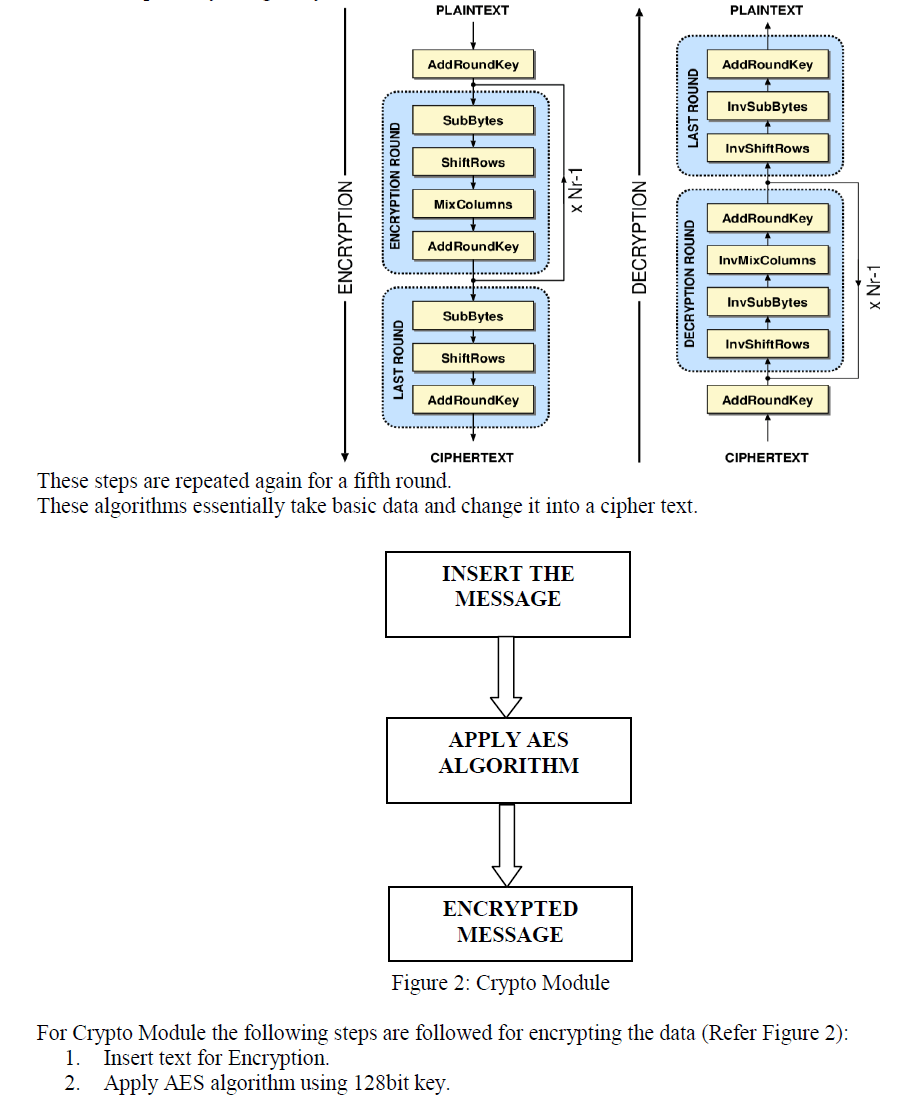 |
| A. Proposed Converter Structure |
| The structure of the MDIBC is depicted in Fig.2. This converter consists of two-phase interleaved with two switches and two diodes connected in parallel per phase. The easy way to reduce the size of the inductor, capacitor, and input/output EMI filter is by increasing the frequency of the inductor current ripple and the output voltage ripple. The phase-shift interleaved control is proposed to achieve the control strategy. This control strategy will provide a doubled ripple frequency in inductor current at the same switching frequency, which can contribute to a higher system bandwidth. This bandwidth achieves a fast dynamic response for the converter and reduces the size of the passive components [1]-[4]. |
| In addition, the sequence of the driving signals is very important to providing a doubled ripple frequency in inductor current at the same switching frequency and to achieve the interleaved control between inductors. With the proposed control, the switching pattern is shifted by 360âÃâæ/ (n ×m), where m is the number of parallel power switches per channel, while n is the number of channels or phases. The input current ripple is (n ×m) times of the switching frequency. Similarly, the output voltage ripple is (n ×m) times of the switching frequency. As a result, the size of the passive components will be reduced by m times compared with the n-phase interleaved dc/dc converters. |
 |
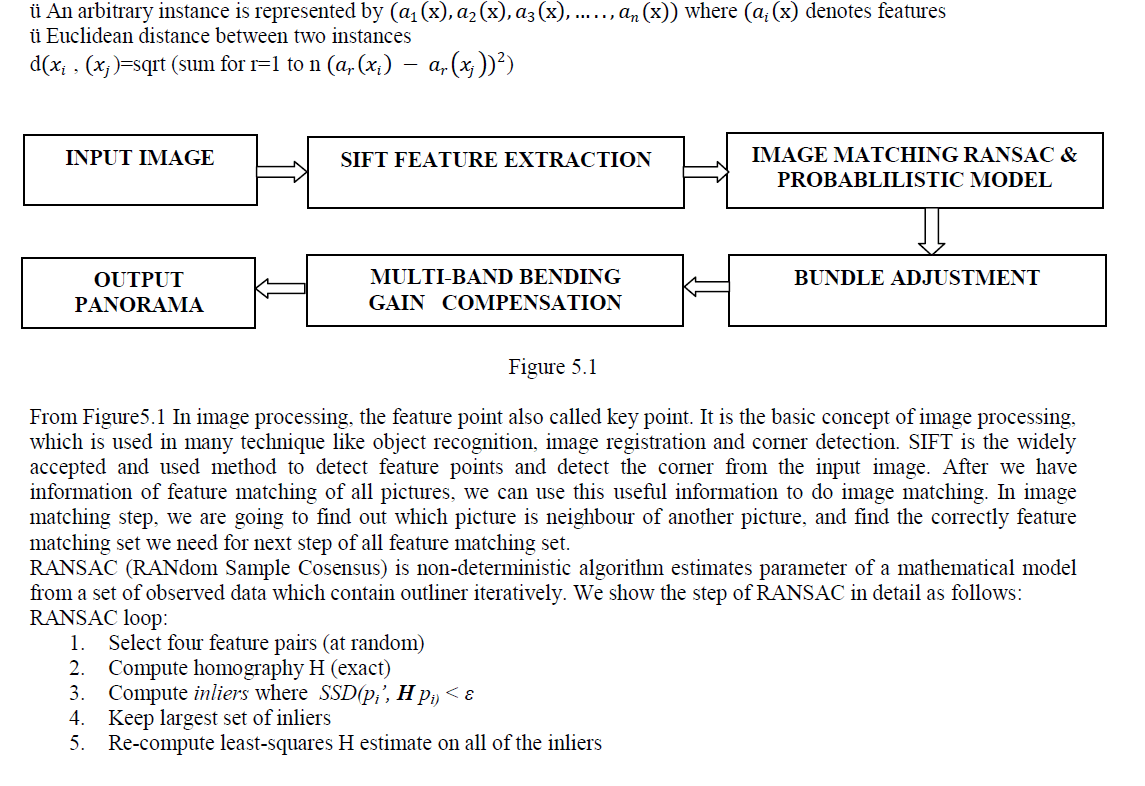 |
| B. Modeling of DC Motor |
| When a separately excited dc motor is excited by a field current of if and an armature current of ia flows in the circuit, the motor develops a back EMF and a torque to balance the load torque at a particular speed. The field current if is independent of the armature current ia. Each winding is supplied separately. Any change in the armature current has no effect on the field current. The if is generally much less than the ia.[10] |
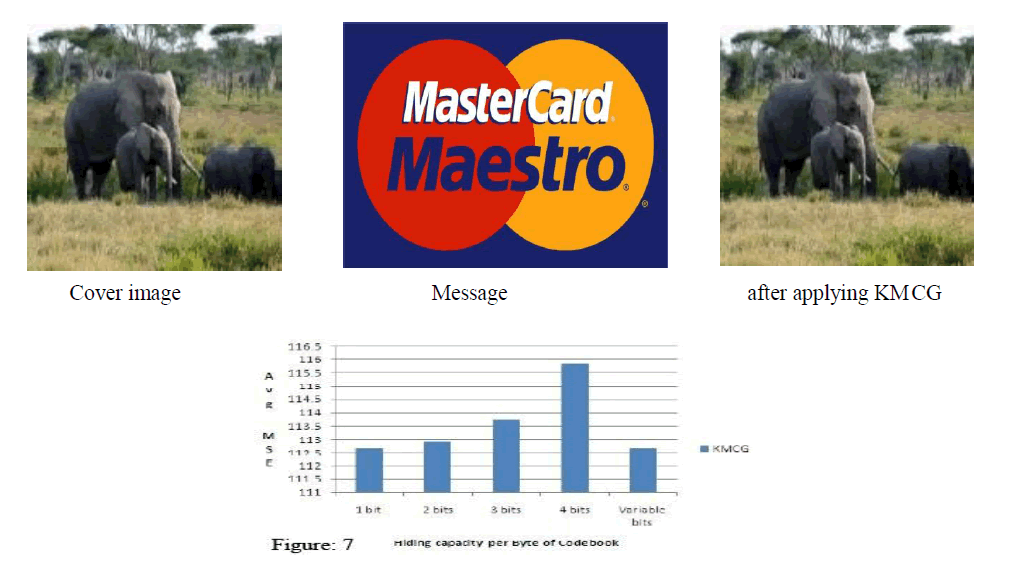 |
| Tf : Coulomb friction torque (N-m) |
| C. Water Pumping System |
| A water pumping system needs a source of power to operate. In general, AC powered system is economic and takes minimum maintenance when AC power is available from the nearby power grid. However, in many rural areas, water sources are spread over many miles of land and power lines are scarce. Installation of a new transmission line and a transformer to the location is often prohibitively expensive. Windmills have been installed traditionally in such areas; many of them are, however, inoperative now due to lack of proper maintenance and age. Today many stand-alone type water pumping systems use internal combustion engines. These systems are portable and easy to install. However, they have some major disadvantages, such as: they require frequent site visits for refueling and maintenance, and furthermore diesel fuel is often expensive and not readily available in rural areas of many developing countries. |
| Two types of pumps are commonly used for water pumping applications: positive displacement and centrifugal. Positive displacement types are used in low volume pumps and cost-effective. Centrifugal pumps have relatively high efficiency and are capable of pumping a high volume of water. A typical size of system with this type pump is at least 500W or larger. There is a growing trend among the pump manufacturers to use them with brushless DC motors (BDCM) for higher efficiency and low maintenance. However, the cost and complexity of these systems will be significantly higher. Water pumps are driven by PMDC motor drive various types of motors. AC induction motors are cheaper and widely available worldwide [3]. The system, however, needs an inverter to convert DC output power from PV to AC power, which is usually expensive, and it is also less efficient than DC motor-pump systems. In general, DC motors are preferred because they are highly efficient and can be directly coupled with a PV module or array. Brushed types are less expensive and more common although brushes need to be replaced periodically (typically every two years). There is also an aforementioned brushless type. The water pump chosen here for its size and cost is submersible solar pump. It is diaphragm-type positive displacement pump equipped with a brushed permanent magnet DC motor and designed for use in standalone water delivery systems, specifically for water delivery in remote locations. The rated maximum power consumption is 150W between 2,700L and 5,000L. It operates with a low voltage (12~30V DC) and its power requirement is as little as 35W. |
SIMULATION MODEL |
| In this section, the multidevice interleaved boost converter topologies is designed for water pumping system and realized by using MATLAB/Simulink in order to validate the performance. These simulations are carried out on MDIBC with 250V input voltage, and 25 KHz switching frequency With DC motor. The Simulations are carried out neglecting the internal resistance of inductor and capacitor (RL, RC). |
| SIMULINK is chosen for this purpose because it offers a tool called âÃâ¬Ãâ¢SimPowerSystemsâÃâ¬Ãâ which facilitates modeling of DC motors with its DC machine tool box. The model is then put into the MATLAB simulation. The flow rate of water in positive displacement pumps is directly proportional to the speed of the pump motor, which is governed by the available driving voltage. They have constant load torque to the pump motors. It has the normal operating voltage of 12 to 30V and the maximum power of 150W. To model a permanent magnet DC motor, the SIMULINK model applies a constant field, as shown in Fig. 1. The parameters of DC machine shown that correspond to the actual pump motor are unknown, thus they are chosen by modification of the default values and estimation from other references. |
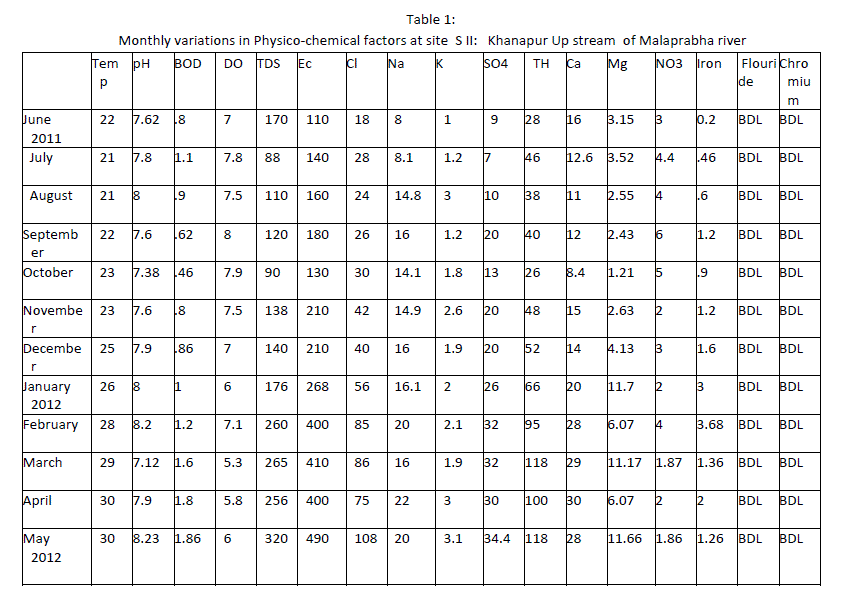 |
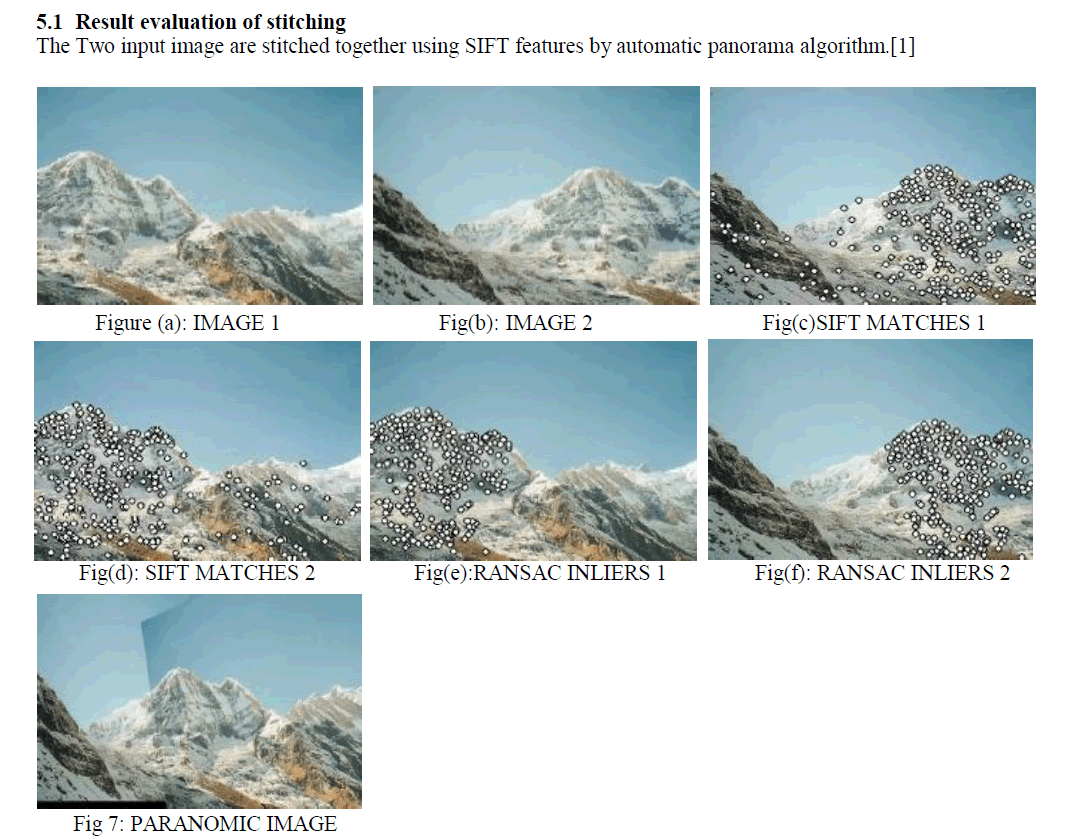 |
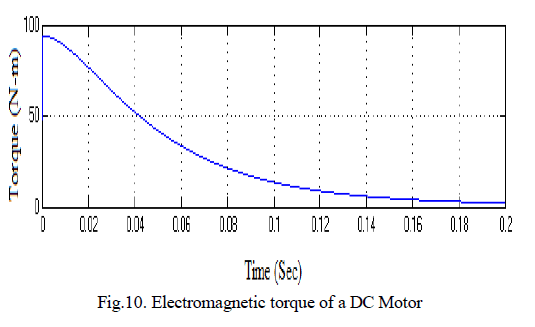 |
| The ripple frequency is doubled when using the proposed interleaved technique with multidevice. As a result, the inductor size and capacitor size are reduced by 50% compared with the Interleaved Boost Converter topology. On comparing the proposed converter with other conventional topologies, (Boost converter, Multidevice Interleaved Boost Converter, Interleaved Boost Converter) MDIBC can improve the efficiency. The full load speed is attained at 0.12Sec. This technique can be extended to other types of motors. It presents MATLAB simulations of the system. Simulations use SimPowerSystems in SIMULINK to model a DC pump motor, and then the model is transferred into MATLAB. |
FUTURE SCOPE |
| In this paper, the concept of the multidevice interleaved dc/dc converter (MDIBC) has been proposed to interface the source with water pumping system or to the distributed generation system in high power level. In addition, the proposed converter can be modified to achieve with photovoltaic system. The cost of photovoltaic-powered water pumping systems is decreasing. PV technology also continues to improve the power conversion efficiency of the PV cell. Increases in PV cell efficiency decrease the cost of PV power, because fewer modules are required to produce the same amount of power. Photovoltaic power for irrigation is cost competitive with traditional energy sources for small, remote applications, if the total system design and utilization timing is carefully considered. In the future, when the prices of fossil fuels rise and the economic advantages of mass production reduce the peak watt cost of the PV cell, it is most suitable for rural and remote area applications. |
CONCLUSION |
| In this research, a simple but efficient water pumping system is presented. A novel MDIBC has been proposed for water pumping system in order to optimize the drive system. For renewable energy resources, the main challenges are to achieve high efficiency, ruggedness, small sizes, and low costs in power converters and electric machines, as well as in associated electronics. Due to high power constraints, the power converter structure has to be reliable, light weight, reduced ripple, small volume, with high efficiency, low electromagnetic interference and low current/voltage ripple. It is important to point out that the proposed converter can improve efficiency, stability and reduce the size of the passive components, leading to high reliability compared with other dc/dc converter topologies. The model used for simulations of DC water pump gives results within a reasonable range. If tests could be run on the real water pump motor or an equivalent sized motor to determine reasonable entries to SIMULINK block parameters, this could lead to more accurate simulation runs. It may also involve performance analysis on the actual system and comparisons with simulations. |
References |
|